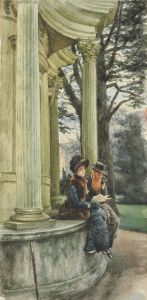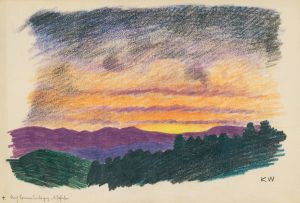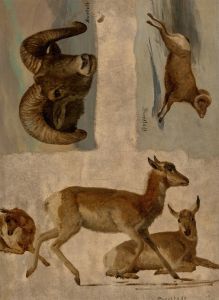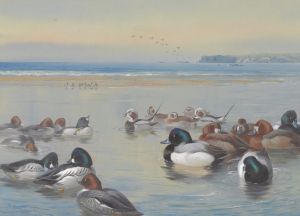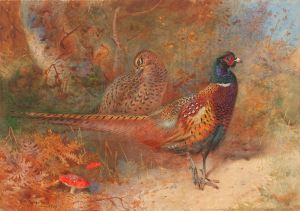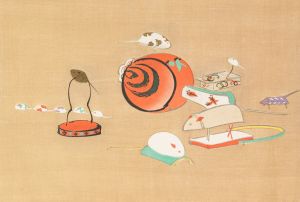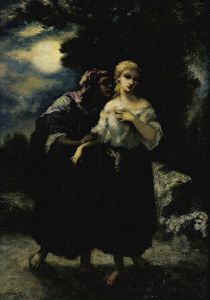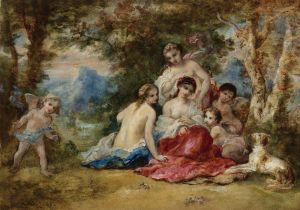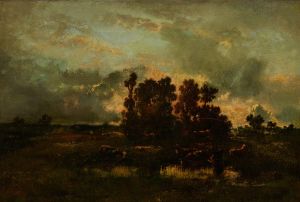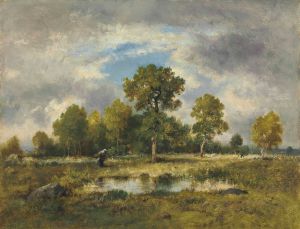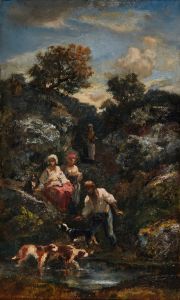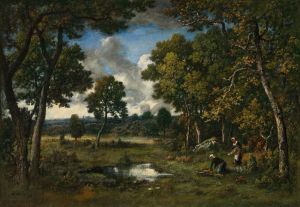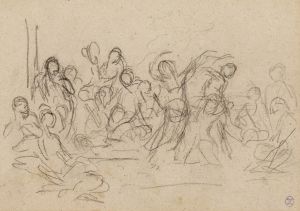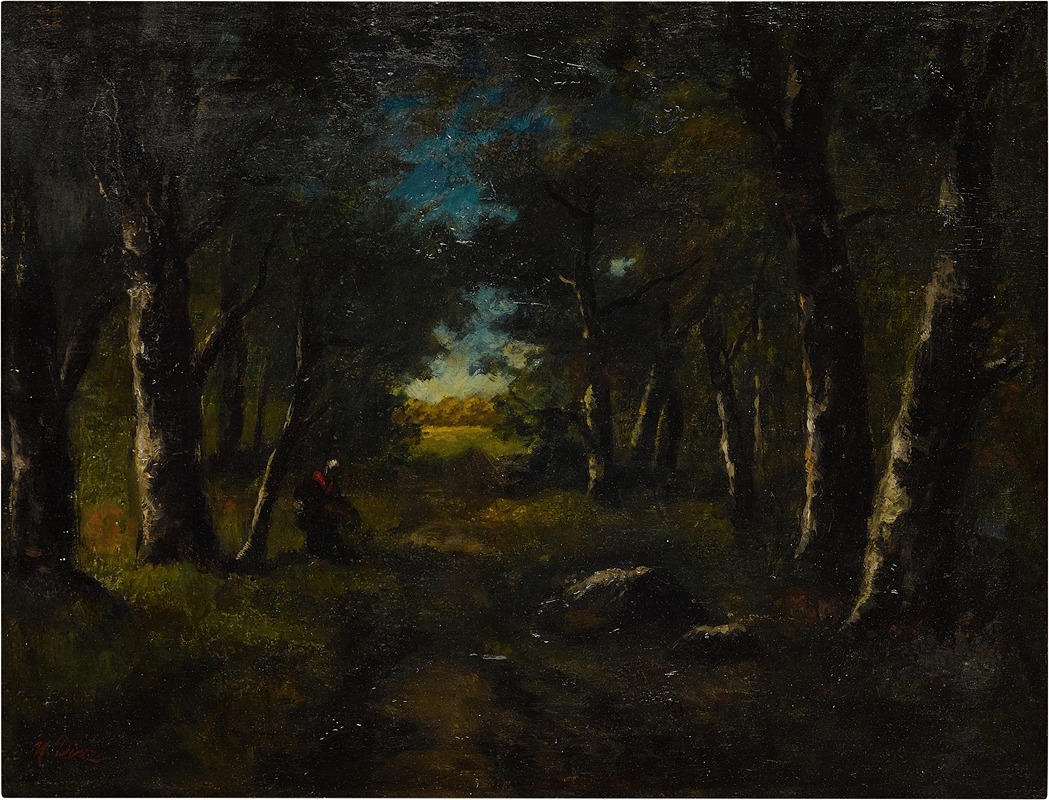
Foraging in the Forest
A hand-painted replica of Narcisse-Virgile Diaz de La Peña’s masterpiece Foraging in the Forest, meticulously crafted by professional artists to capture the true essence of the original. Each piece is created with museum-quality canvas and rare mineral pigments, carefully painted by experienced artists with delicate brushstrokes and rich, layered colors to perfectly recreate the texture of the original artwork. Unlike machine-printed reproductions, this hand-painted version brings the painting to life, infused with the artist’s emotions and skill in every stroke. Whether for personal collection or home decoration, it instantly elevates the artistic atmosphere of any space.
Narcisse-Virgile Diaz de la Peña was a prominent 19th-century French painter associated with the Barbizon School, a movement that emphasized naturalism and the depiction of rural landscapes. One of his notable works is "Foraging in the Forest," which exemplifies his skill in capturing the serene beauty of nature.
"Foraging in the Forest" is a landscape painting that reflects Diaz de la Peña's fascination with the interplay of light and shadow within forested environments. The Barbizon School, to which Diaz belonged, was known for its departure from the classical traditions of landscape painting, focusing instead on the realistic portrayal of nature. This movement was a precursor to Impressionism and played a significant role in the evolution of modern art.
Diaz de la Peña, born in Bordeaux in 1807, was of Spanish descent. He faced numerous challenges in his early life, including the loss of his father during the Peninsular War and a leg amputation following a childhood accident. Despite these hardships, he pursued a career in art, initially working as a porcelain painter before transitioning to canvas. His early works were influenced by Romanticism, but his style evolved as he became more involved with the Barbizon School.
In "Foraging in the Forest," Diaz de la Peña employs a rich palette and loose brushwork to convey the lushness of the forest. The painting likely depicts a scene from the Forest of Fontainebleau, a favorite subject for Barbizon artists. This forest, located near Paris, was a source of inspiration due to its diverse landscapes and the quality of light filtering through its dense canopy.
The composition of "Foraging in the Forest" is characterized by its focus on the natural environment, with human figures often playing a secondary role. This approach highlights the artist's intent to celebrate the beauty and tranquility of the natural world. Diaz de la Peña's ability to capture the atmospheric effects of light and shadow is evident in the way sunlight dapples through the trees, creating a dynamic interplay of colors and textures.
Diaz de la Peña's work was well-received during his lifetime, and he exhibited regularly at the Paris Salon. His paintings were appreciated for their emotive qualities and technical proficiency. "Foraging in the Forest" is a testament to his mastery of landscape painting and his contribution to the Barbizon School's legacy.
The Barbizon School's emphasis on plein air painting, or painting outdoors, allowed artists like Diaz de la Peña to observe and depict nature with greater accuracy and immediacy. This approach was revolutionary at the time and laid the groundwork for later developments in art, particularly Impressionism.
Today, Diaz de la Peña's works, including "Foraging in the Forest," are held in high regard and can be found in various museums and private collections. They continue to be studied for their artistic merit and historical significance, offering insight into the 19th-century landscape painting and the broader cultural shifts of the period.
In summary, "Foraging in the Forest" by Narcisse-Virgile Diaz de la Peña is a quintessential example of the Barbizon School's approach to landscape painting. Through his adept use of color and light, Diaz de la Peña captures the serene beauty of the forest, reflecting both his personal style and the broader artistic trends of his time.





